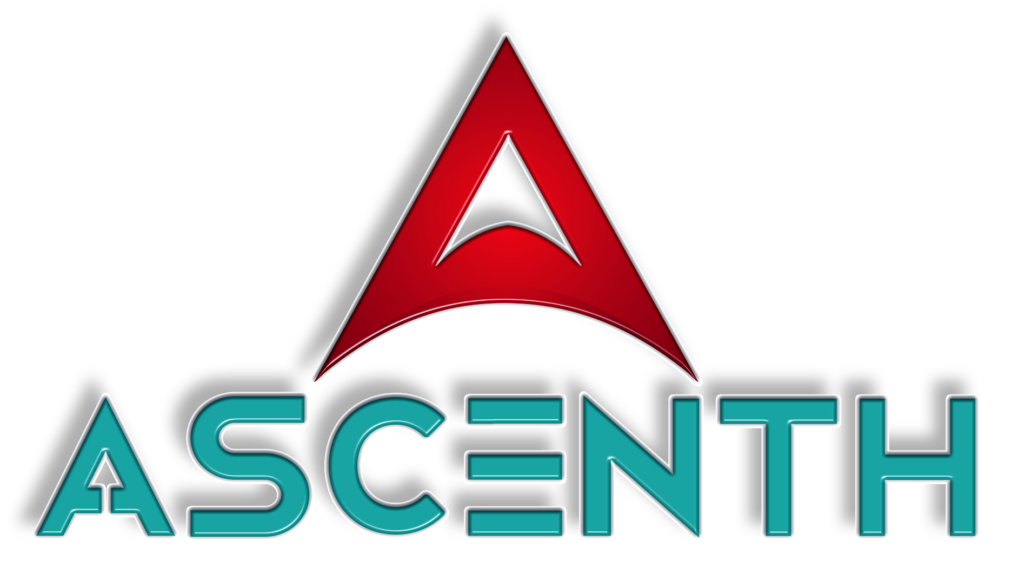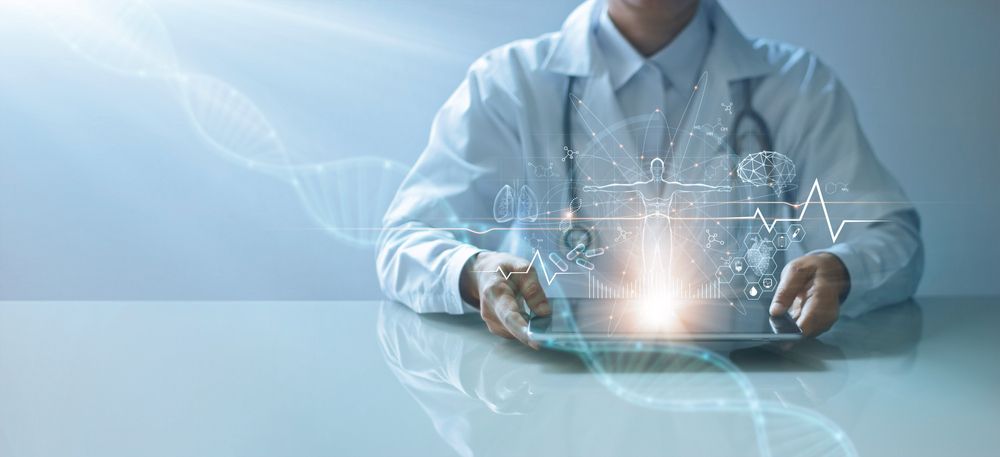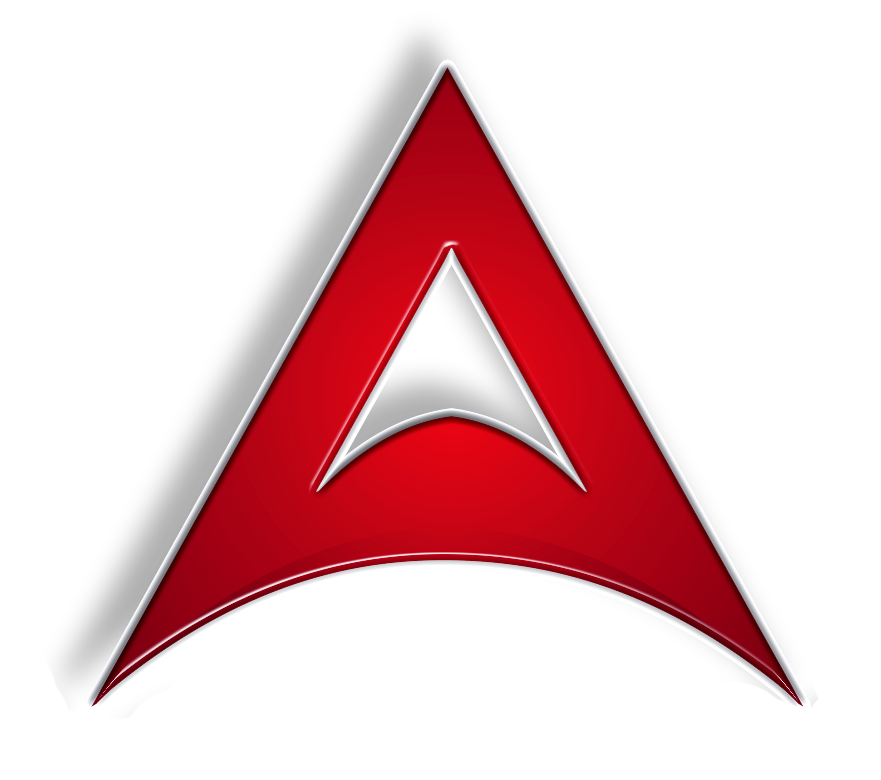The journey of medical device design and development is a fascinating and complex process, encompassing various stages from the initial concept to its final introduction into the clinic. For Clinical Research Organizations (CROs) and healthcare professionals, understanding this lifecycle is crucial in contributing to the advancement of medical technology. Ascenth, with its expertise in healthcare services, provides an insightful look into this journey.
Ideation and Conceptualization: The Foundation of Medical Device Development
Every medical device begins as an idea aimed at solving a specific clinical problem or improving existing medical practices. This ideation phase is where creativity meets medical knowledge, leading to innovative concepts that can transform healthcare.
The Critical Role of Clinical Trial Design
Once a concept is established, it progresses to the clinical trial design phase. This stage involves developing a strategic plan to test the device’s safety, efficacy, and usability. Effective clinical trial design is pivotal in determining the potential success of a medical device, ensuring it meets regulatory standards and addresses patient needs.
Project Management: Steering Development Towards Success
Project Management in medical device development involves coordinating various activities, from design and prototyping to testing and regulatory submissions. It requires a meticulous approach to manage timelines, resources, and team collaboration, ensuring the project stays on track and meets its objectives.
The Importance of Clinical Data Management in Device Trials
Clinical data management is crucial during the trial phase of medical device development. It ensures the integrity and accuracy of data collected from trials. Efficient management of this data is vital for analyzing device performance and making informed decisions on its efficacy and safety.
Utilizing Biostatistics for Data Analysis
Biostatistics is employed to analyze the complex data derived from medical device trials. This analysis provides critical insights into the device’s performance, guiding further development and refinement. It plays a key role in validating the device’s effectiveness and safety before it reaches the clinic.
Navigating Regulatory Pathways with Regulatory Services
Regulatory services are integral to the medical device lifecycle. This phase involves ensuring that the device complies with all regulatory requirements set by bodies like the FDA and EMA. It includes preparing and submitting regulatory documentation and responding to any queries from regulatory agencies.
Communicating Research through Medical Writing
Medical writing encompasses documenting the entire development process, clinical trial results, and regulatory submissions. Effective medical writing is essential for clear communication with stakeholders, including regulatory bodies, healthcare professionals, and patients.
Ensuring Quality and Compliance through Quality Monitoring
Quality monitoring throughout the development process ensures that the medical device meets the highest standards of safety and efficacy. Regular quality checks and audits are critical in identifying and addressing any issues that may arise during the development process.
The Clinical Implementation: Bringing the Device to the Healthcare Setting
After passing through rigorous testing and regulatory approval, the medical device is ready for clinical implementation. This stage marks the culmination of extensive research and development efforts, bringing a new tool into the hands of healthcare professionals to enhance patient care.
Advancing Healthcare Through Innovation
In conclusion, the lifecycle of medical device design and development is a testament to the collaborative effort of various disciplines, including engineering, medicine, and regulatory science. Ascenth, through its comprehensive services, supports CROs and healthcare professionals in navigating this journey, contributing to the advancement of medical technology. For further assistance or inquiries, contact Ascenth at 877-274-4990.
Sources:
- “Medical Device Development Lifecycle: A Comprehensive Guide.” Medical Device Industry Journal.
- “Innovations in Medical Device Design and Development.” Journal of Biomedical Engineering.
- “Regulatory Challenges in Medical Device Development.” FDA Regulatory Affairs Review.



